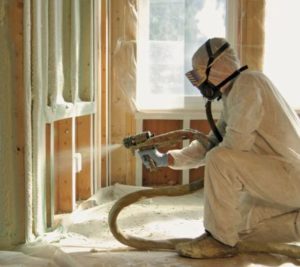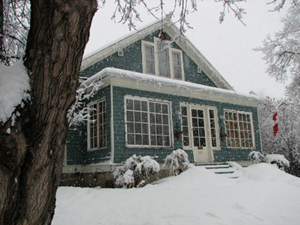What You Need to Know for Safety

Unfortunately, we haven’t always had this same level of awareness and regulation. If you live in an older home (built more than about 20 years ago), you will likely find that the insulation used wasn’t as efficient as today’s products, and in some cases is extremely hazardous to the health of your home’s occupants.
Dangerous Insulations
 Vermiculite
Vermiculite
Vermiculite is a naturally occurring mineral that absorbs moisture and has insulative properties. It’s most often found poured between joists in the attic. In and of itself, it’s not hazardous. Unfortunately, about 90% of the vermiculite mined for insulation came from a mine that also produced asbestos, so there is a strong chance that vermiculite is contaminated. If you have it in your home, don’t disturb it. Removal must be done by a contractor who follows asbestos abatement laws and procedures.
Urea Formaldehyde
Urea Formaldehyde Foam Insulation (UFFI) was used extensively in the 1970s. UFFI would be injected into wall cavities, from holes drilled into the interior or exterior surfaces. When wet, it is the consistency of shaving cream. As it cures, it hardens into an open-celled foam that is light yellow or butterscotch in colour. UFFI is an excellent insulator, but concerns over the off-gassing of formaldehyde into the interior of the home brought about termination of its use. For the most part, the insulation is less harmful when fully cured, and is often left in the walls of the home. Care must be taken, however, when exposing it during renovation.
If you have questions about the insulation in your home, contact Above All Insulation. We can help you identify the insulation in your walls or ceiling and make a plan for its removal and replacement if needed.